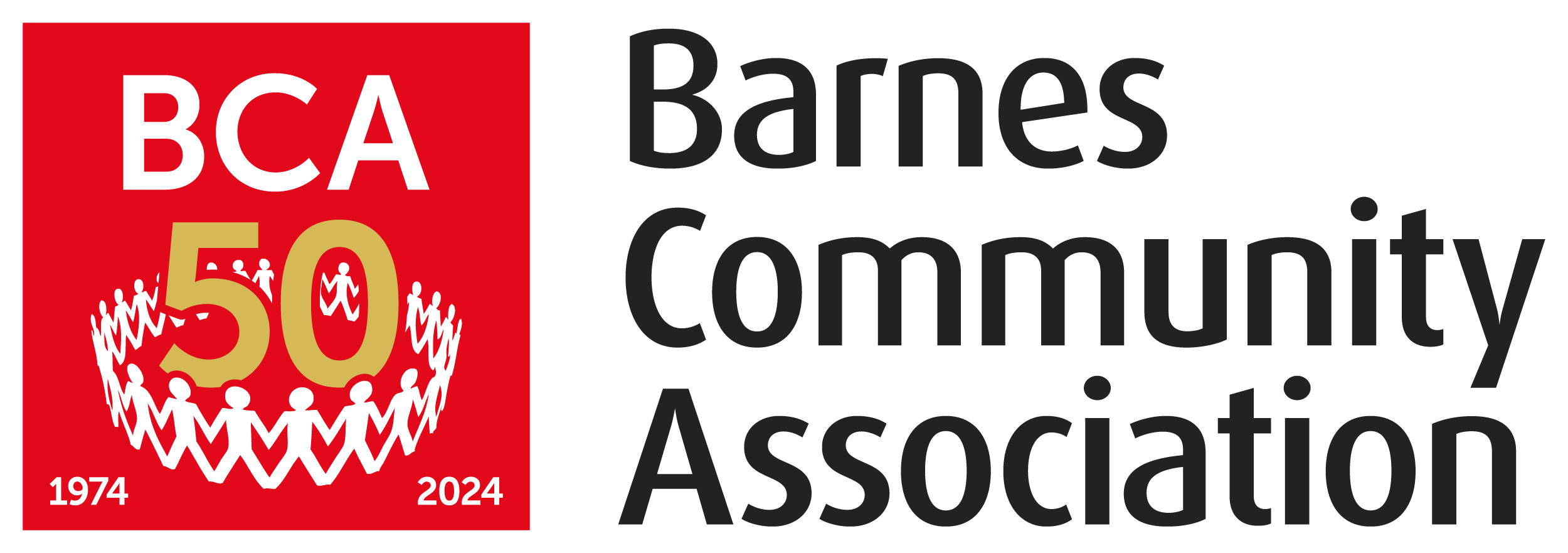Leg o’ Mutton Reservoir
The Leg o’ Mutton Reservoir was built in 1838 for Thames Water with a capacity of 102,000m³ of water; increased to 260,000m³ in 1879. It supplied local water until 1960, when it was decommissioned, and housing was planned for the site but local residents fiercely opposed this through several public enquiries. The Council purchased the area from Thames Water in 1970 and it was managed as a public space until 1990 when it was re-designated as a Local Nature Reserve, and later registered as a Site of Borough (Grade 1) Importance for Nature Conservation in 1993. The reserve is 800m long and 100m wide. Today, there is as an Advisory Committee of local interested parties of which Friends of Barnes Common is a member.
It is home to a wealth of wildlife from teal to terrapins! Its invertebrate residents include stag beetle, oak bush cricket, speckled wood and other butterflies. Birdlife includes shoveler, pochard, grebe, tufted duck, teal and cormorant on the water, with sparrowhawk, kestrel, tawny owl, warblers and woodpeckers nesting in the trees and reedbeds. Herons nest both on the rafts and in the trees. Flora covers many common species such as hawthorn, bramble and reed, but also the rarer ploughman’s spikenard and dark mullein. The imposing hybrid poplars are believed to be 170 years old.
Working in line with the site management plan, current tasks includes maintenance of water levels & nesting rafts, weekly patrols, control of invasive tree & shrub species and litter removal.
Overseeing things is FoBC Conservation Manager Will Dartnell. Will is looking to increase survey work in the following areas: amphibians, bats, butterflies, dragonflies, flora and water quality. Longer term aims include increasing the reed bed habitat, enhancing the native tree composition and exploring the potential to reduce some of the existing rafts and replace with islands which would give the reservoir a more naturalistic look.
Special thanks to Andrew Wilson for allowing us to use a selection of photographs from “Wild About Barnes”.

